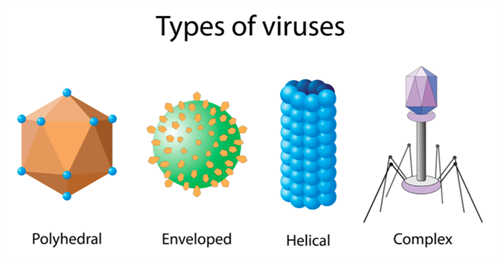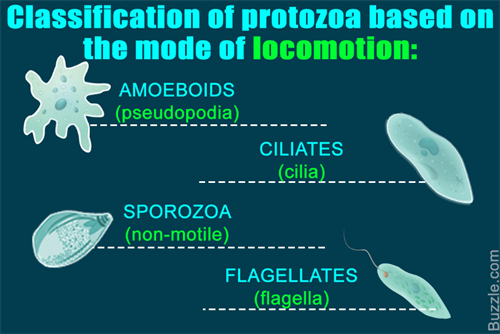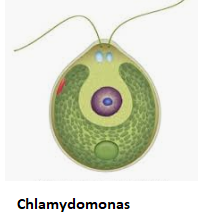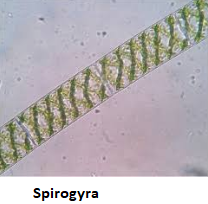PDF chapter test TRY NOW
We have come across plants and animals in our life. But, there exist other organisms which are not visible to our naked eyes, but can be viewed through microscopes. These are called microorganisms or microbes.
The most common microorganisms available in our home are present in bread slices and curd. If you look at a slice of bread after its date of expiry there will be a white-coloured layer formed over it, which is due to the formation of fungi (one kind of microorganism).
Have you ever observed your mother pouring a spoon of curd in a bowl of milk?
And after a while, did you observe it becomes curd?
Milk is turned to curd with the help of a microorganism ( a bacteria called Lactobacillus bulgaricus).
Now let us discuss different types of microorganisms.
Now let us discuss different types of microorganisms.
There are 5 major types of microorganisms, such as fungi, algae, protozoa, viruses and bacteria.

Viruses
Viruses are a kind of microorganisms, which reproduce inside the host cell, the host can be human, bacteria or an animal. But these organisms cannot reproduce without a host. Viruses cause diseases such as common cold, fever, influenza, etc. They also cause deadly diseases such as measles and HIV. We all know the recent pandemic caused by the virus Corona.
Virus can be classified based on its shape as below:
1) Polyhedral (example: adenovirus, poliovirus)
2) Enveloped (example: human immunodeficiency virus (HIV), influenza virus))
3) Helical (example: tobacco mosaic virus (TMV))
4) Complex (example: bacteriophage)

Bacteria
Bacteria are microscopic, single-celled organisms that thrive in diverse environments. These organisms can live in soil, the ocean and inside the human gut. There are many useful bacteria that help in the digestion process in human and animals. Typhoid and tuberculosis are diseases caused by bacteria.

Bacteria are classified into three types, based on their shape as, 1) spherical shaped 2) rod shaped and 3) spiral shaped. Their size varies from 0.0002\ - 0.01\ millimetre.
Protozoa
1) Amoeboids: They move from one place to another with the help of pseudopods ("pseudo" means "false"). "Pseudopods" means "false legs".
2) Ciliates: They move from one place to another with the help of hair-like organelles called "cilia".They include organisms such as Paramaecium.
3) Sporozoa: They cannot move, hence are called "non-motile". They include the malaria causing parasite Plasmodium.
4) Flagellates: They move from one place to another with the help of flagella, a tail-like structure attached at the end. They include parasitic forms such as Trypanosoma, which causes sleeping sickness in human beings.

Algae
Algae (singular - alga, plural - algae) are a type of plant-like living things that can make food from sunlight by photosynthesis. Algae are mostly found in ponds, lakes and water bodies. Algae-infested water may not be suitable for drinking, recreation or agricultural use. Contact with algae-infested water can cause skin irritation and mild respiratory troubles. Some important types of algae are given in figure below,


Fungi
Fungi are also plant-like living things. The most important and notable fungi are yeasts and mushrooms. Similar to algae, fungi are also found mostly in water-bodies and moist areas. Some examples of fungi are given below,

Unicellular microorganisms
Unicellular microorganisms have only one cell ("uni" means "one") that will carry out all the functions necessary for the organism to be alive.
Example:
All kinds of bacteria, viruses, amoeba, paramecium, and some kind of fungi such as yeast.
Multicellular microorganisms
Multicellular microorganisms have many cells ("multi" means "more than one") to carry over all the functions necessary for the microorganisms.
Example:
Most of the species of fungi.
Reference:
https://biologywise.com/protozoa-classification-characteristics
